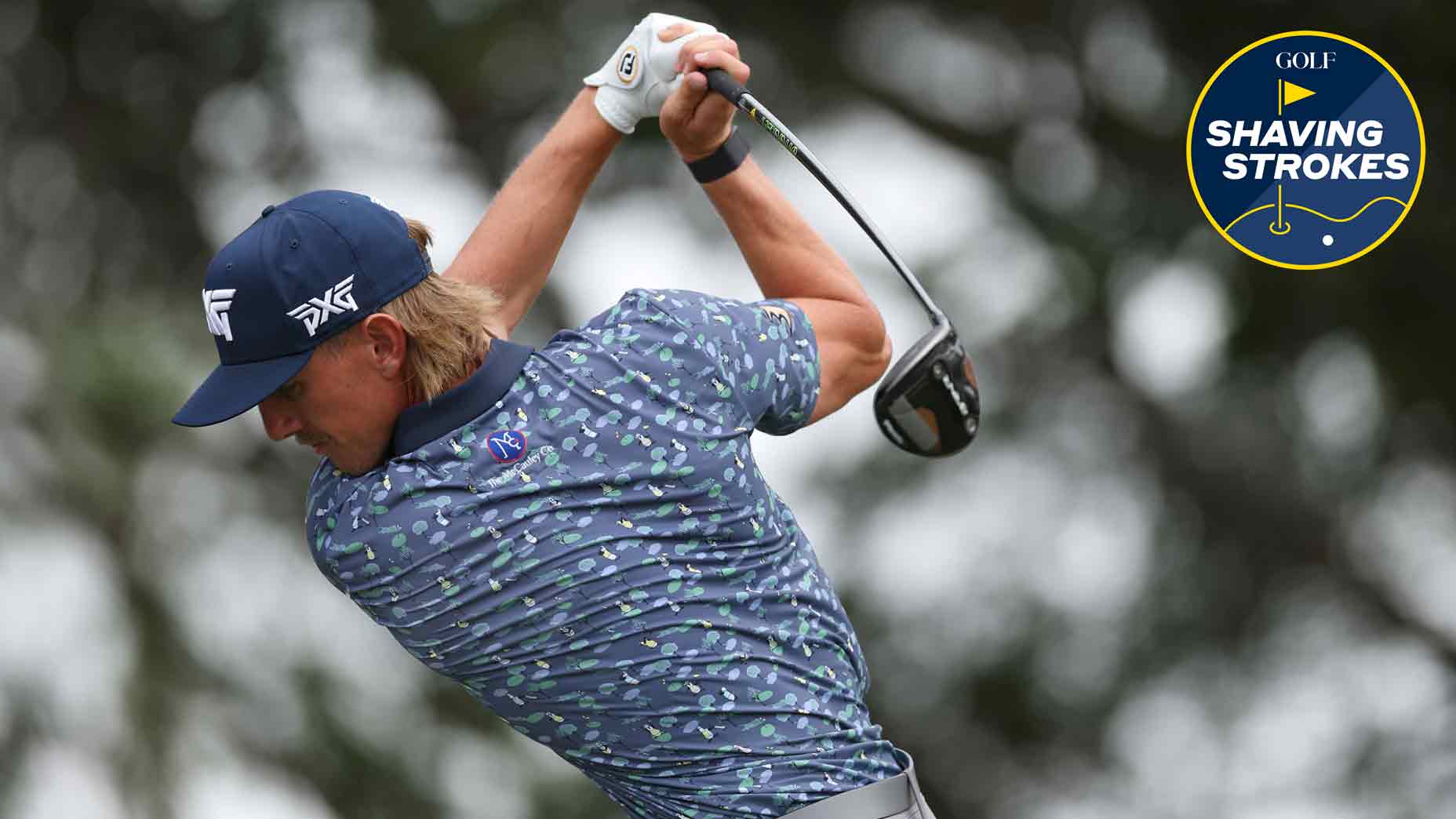Welcome to Shaving Strokes, a GOLF.com series in which we’re sharing improvements, learnings and takeaways from amateur golfers just like you — including some of the speed bumps and challenges they faced along the way.
Every golfer is obsessed with distance off the tee, but hitting longer drives only matters when you can actually find the fairway.
Unfortunately, this is one of the most difficult things for amateurs to accomplish.
There are so many factors that go into a great drive. From teeing it up the right height to setting up properly — and lots in-between — the driver can cause plenty of headaches for players of all skill levels.
But with the right instruction and fundamentals, you can master your driver and start to hit it farther with more control.
In today’s Shaving Strokes lesson, GOLF Top 100 Teacher Mark Durland shares three things every player must understand in order to hit longer drives that actually go straight! So take a look below to see what Durland says is most important when using the big dog off the tee.
3 keys to hit straighter, longer drives
There are lots of different videos that talk about how to hit longer drives, but many of them don’t emphasize control. But Durland discusses both in the video above, saying the three factors below are the most important elements.
Speed past the ball
A common swing flaw Durland sees on his lesson tee is students casting from the top of their backswing. This leads to having all of the clubhead speed occur early in the downswing, so the clubhead is actually slowing down when it gets to impact.
A great way to create speed past the golf ball is by paying close attention to your practice swings. While doing this, always make sure that there is a loud swoosh past the ball. If there’s a lot of speed past the golf ball, that means the club’s going its fastest when it strikes the golf ball — which is when it really counts!
For players who consistently hit the ball far off the tee, Durland says a common trait they share is creating as much (if not more speed) swinging from their non-dominant side as their dominant side.
This means having a right-handed golfer swinging as a lefty — which is an unorthodox way to take practice swings. But Durland challenges you to make three practice swings with as much speed from your non-dominant side. As the speed from that side improves, you’ll start to see longer drives.
Clubface awareness
What good is a 300-yard drive if it’s never in play? Easy answer: No good!
The clubface is the most important variable for the starting direction of the golf ball — so you better have the proper clubface awareness in order to hit the sweet spot and to hit it straighter. If you want to hit the golf ball straighter, getting the back of the lead hand pointing down the middle of the fairway at impact is vital.
So how can you tell where the back of your lead hand? Durland says you can use the simplest drill in golf to identify it.
Simply go to the top of your backswing and swing slowly back to the golf ball, making sure the back of the lead hand and clubface are square. With plenty of repetition, this feeling should become more natural to you — and you’ll be splitting fairways in no time!
Center-face contact
Lastly, one simple variable that’s often overlooked for hitting straighter, longer drives is simply making center-face contact.
When you miss the center of the clubface at impact, the clubhead twists. This cushions the strike and severely diminishes ball speed — which is a huge factor in hitting the golf ball farther.
Additionally, the clubface is the most important variable for the starting direction of the golf ball. So if the strike is compromised, so, too, is any chance at hitting a straight shot.
Durland says there’s an easy way to get instant feedback when it comes to where you’re striking the clubface: Using Dr. Scholl’s foot spray! By spraying your driver’s face with this spray, it can help determine if your farther and/or straighter problem is coming from off-center hits.
If you tend to struggle with center-face contact, Durland provides two options.
First, you can shorten the length of the driver — which makes center-face contact easier, but may negatively impact your distance. Another option is to simply work on your balance, because if you’re not swinging in balance, you’ll have a reduced chance of making consistent center-face contact.
